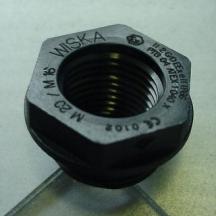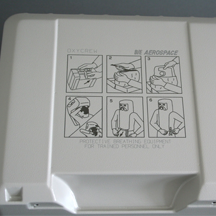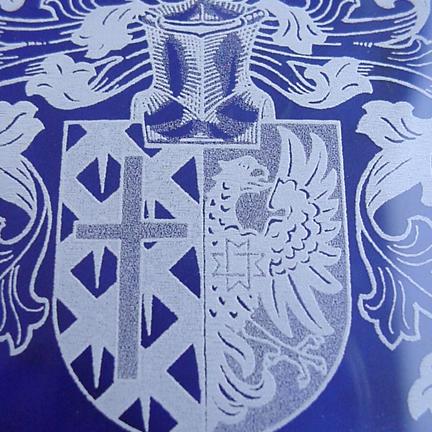Laser Marking Plastic
ABS, PA, PA6, PE, PEEK, PU foam, carbon – laser marking of various high-performance and engineering plastics
When laser marking high-performance and engineering plastics, one can distinguish four different marking mechanisms: removing, melting, foaming, and color change through carbonization. Depending on parameters, wavelength, and laser intensity, different processing results are feasible (also in combination).
We will choose the best procedure according to cost and quality aspects in close coordination with our customers.
We will choose the best procedure according to cost and quality aspects in close coordination with our customers.
In addition to thermoplastic synthetics, we mark and inscribe components made of thermosetting plastic composites, such as carbon fiber-reinforced polymers (CFRP) and glass fiber-reinforced polymers (GFRP).
So, if you want to be able to rely on your service provider and feel in good hands, KURIOS is the right address. We would be pleased to receive your request.
So, if you want to be able to rely on your service provider and feel in good hands, KURIOS is the right address. We would be pleased to receive your request.
Applications in nearly all industry sectors
For series-produced components where process-integrated laser marking is not profitable, small batch sizes of injection-molded parts, deep-drawn plastic components with high requirements in terms of abrasion resistance, safety-relevant parts with serial numbers for clear traceability – the number of possibilities is sheer endless.
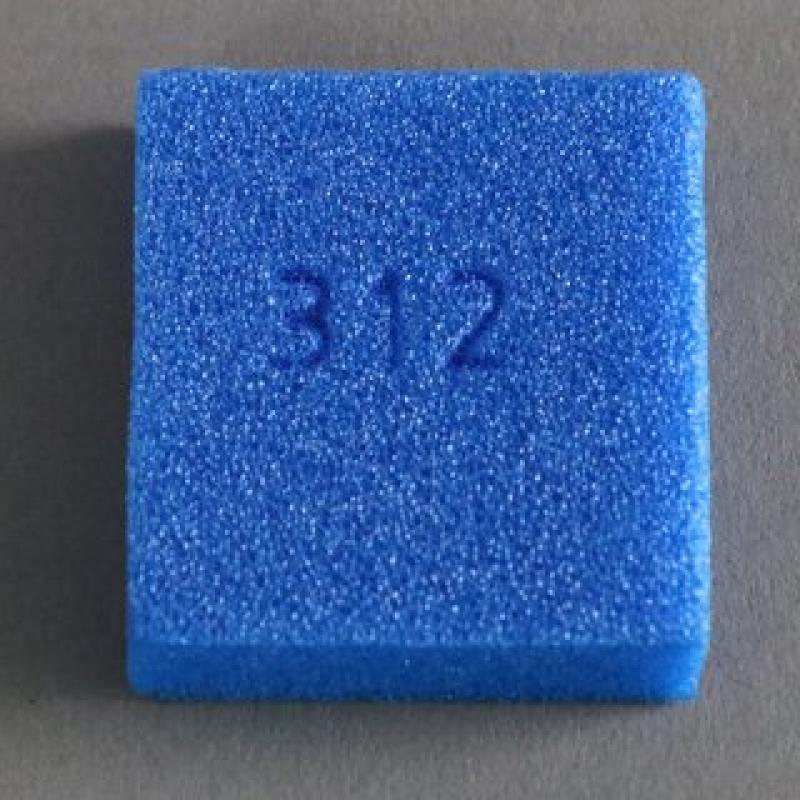
Laser marking on PU foam
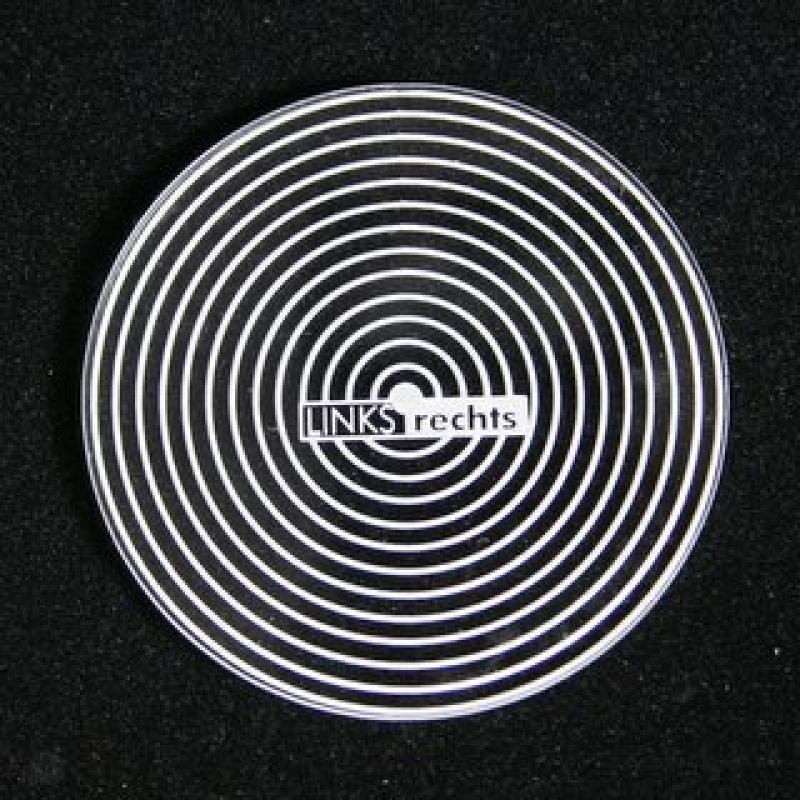
Diffusing lens made of acrylic glass
Laser marking of plastic – important details at a glance
Thermoplastics, thermosetting plastics and composite materials can be marked by using CO2 lasers or Nd:YAG lasers. Usually, engineering plastics need product identification, which has to be well readable, permanently abrasion-resistant, and solvent resistant. Laser marking is particularly advantageous, when products are in need of ongoing serial numbers or otherwise changing inscriptions. The respective software interface enables us to prepare the amount of data and feed it into the marking process.
We are able to read nearly all data formats and data records, which allow your creative possibilities to be virtually endless. Our comprehensive know-how includes identification of technical components, barcodes, QR codes, data matrix codes, company logos, signets, and decorative letterings for display construction.
We are able to read nearly all data formats and data records, which allow your creative possibilities to be virtually endless. Our comprehensive know-how includes identification of technical components, barcodes, QR codes, data matrix codes, company logos, signets, and decorative letterings for display construction.
-
Maximum size of flat material:
2,000 mm x 3,000 mm
-
Minimum material thickness:
non-rigid material from 0.05 mm
-
Maximum size of workpiece:
1,000 mm x 500 mm x 500 mm
- File templates as vector file, bitmap, or image file from all common software products (*.ai, *.eps, *.dwg, *.dxf, *.bmp, *.jpg, etc.)
-
Further processing offer:
Laser cutting, milling, thread cutting, drilling, turning, milling engravings and Heli-Coil
-
Surface refinements:
Lacquering, high-gloss polishing, sandblasting, abrasive blasting, grinding, brushing, and further galvanic procedures
-
Synthetic materials:
Engineering plastics, high-performance plastics, advertising plastics, carbon

